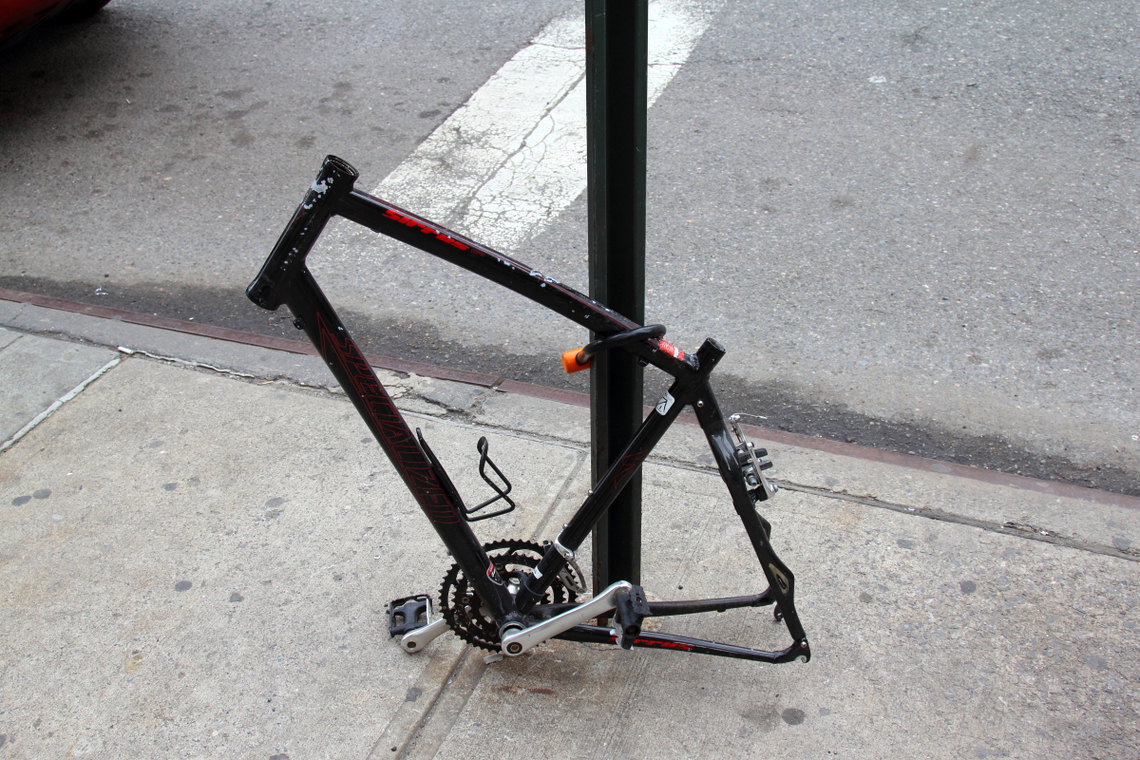Hello, everyone. Well, it's been nearly four months since Sasaki returned to Japan. Time flies. I've gotten used to the morning rush in Tokyo. Compared to riding the bumpy, popcorn-shaker-like subway in New York, Tokyo's subway feels so gentle that I thought, "Hey, I could probably stand and sleep on it," and tried it out. Well, I ended up stumbling and slamming right into the door, which was pretty embarrassing. Also, I learned that if you keep hopping into Japanese taxis with the same mindset as in New York, no amount of pocket money will ever be enough.
That's me, Sasaki. Here in Tokyo, I've started working on various projects for Japanese clients. Of course, I'm still involved in global projects too, so Japanese work and international work coexist. But just like the difference between the subway and taxis, I've recently noticed a significant difference in how work is approached in Japan versus overseas. Today, I'll share one such story.
At the start of our projects, there's what we call an orientation or a creative brief. This brief outlines the advertising objective, the features of the product or service being promoted, the state of the market, the target audience and the message we want to convey to them, and the desired campaign format. For overseas projects, this brief is remarkably clear, transparent, and straightforward. It's a document of at most two pages, thoroughly agreed upon beforehand by the client, strategy team, and sales, and handed over to the creatives. Creatives, who are busy and want to grasp things intuitively, can trust and understand this two-page brief, and just dig deep into it. That's why it's fast. It stays focused. They can run full speed ahead.
But in Japan, things seem a bit different. While the brief itself might be a similar two-page document, it's often crammed full of everything, covering all bases, and frequently leaves the core message unclear. It's a sticky, heavy brief. And usually, sales or the client simultaneously hands over an incredibly thick stack of "reference materials." Research data, past materials, interviews with the president. I'm sure those handing them over mean well, thinking "I'm giving you as much info as possible so you can come up with something better and richer." But busy creatives can't read through all this, or interpretations become ambiguous, and the result is output that veers off everyone's expectations. Sometimes the brief itself hasn't been properly aligned with the client or their boss, so after the presentation, you get reactions like, "Hmm, this feels a bit off..."
Japanese briefs are loose, while American ones are strict. No, I'm not saying all Japanese work is like that. Some creatives might actually prefer a lot of material. Sometimes in American work, it takes too long to finalize the brief with the client, leaving less time for creative thinking. It's hard to say which approach is better overall, but personally, I wish clients, account managers, and strategists would appreciate the "beauty of distilling information" a bit more. That distillation process is where strategic uniqueness can emerge. Every now and then, let's go with a tight brief.
There are several other differences in how work progresses in the US versus Japan, and I'd like to keep sharing them going forward!

Another unrelated photo: Bicycles you often see in New York, stripped down to their simplest form after being stolen and stripped of everything. When they're taken this far, it's almost... beautiful... maybe.



